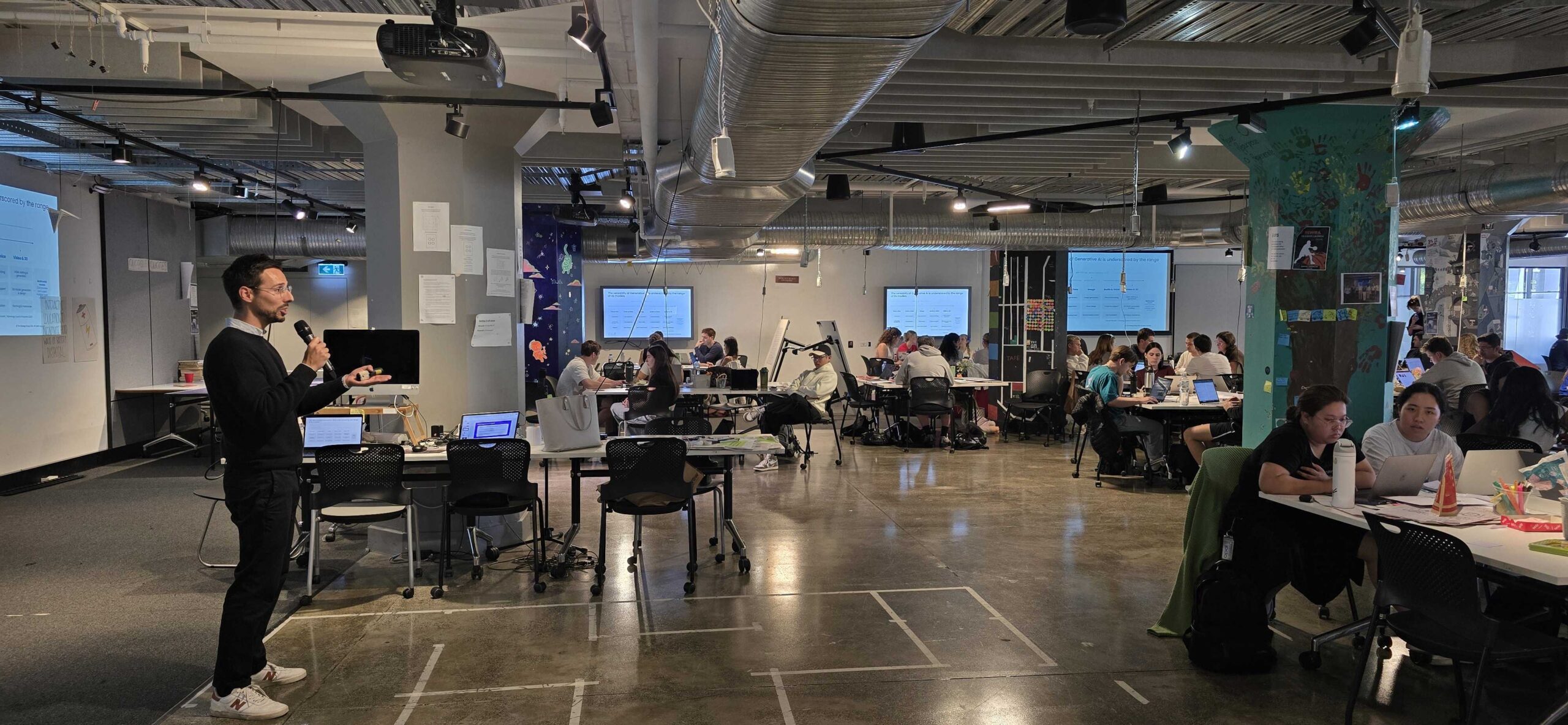2020 was the year of digital transformation (DT). Whether that be through choice or necessity, DT investments and digitally enabled portfolios in 2020 were accelerated by seven years compared to their initial projections. Funding for digital initiatives rose more than any increase in costs, talent in technology roles or customer acquisition. At the end of 2019, many organisations stated that digital transformation was a top concern, but most initiatives were underprioritized. By 2020, digital transformation was the highest priority across almost every industry, as customers moved over to digital channels and employees were forced to work from home.
Digital Transformation Success Stories Are Scarce
Although organisations were prompted to pivot into the digital space because of the global crisis, 70% of digital transformation initiatives were failing even prior to 2020. Thus, it seems to be a good time to reflect on why digital transformations often fail to be implemented correctly, as a precursor to the cracks that will begin to show when the dust settles and ‘business as usual’ recommences.
What 2020, the year of the Black Swan, taught us
Industry digitisation has accelerated exponentially during and following the pandemic. Organisations have been under pressure to pursue digital ventures to fit the changing market dynamics without much time to mitigate the risks involved. For many organisations, digital transformation has shifted from a long-term goal, to a short-term requirement, posing existential questions on the economic viability of their business models.
The crisis has shown that agility is a critical mechanism for organisational continuity and a successful DT. This means that future proofing your business very much relies on an agile process, which in our experience means ensuring your digital transformation is people-driven and technology-supported, rather than the other way around.
Digital Transformation Should be People-led, Rather than Technology-driven
There are several misconceptions regarding DT and its successful development and implementation. Firstly, there is no single digital transformation strategy that works. Every organisation must seek to tailor their digital needs to their systems, operational structure, size and the market conditions they are navigating through. Secondly, there is a strong belief that a technology-driven strategy is the key to a successful digital transformation when it is quite the contrary. Whilst technology is the enabler for new opportunities, the success of your digital strategy relies on filling the internal skills gap of your team and identifying the right technology to support the talent you have. People-driven digital transformations are the most effective way to be successful in the digital space, and it’s why executives must consider their culture and employee experience (EX) prior to embarking on a costly digital initiative.
Digital Change can only be effectively powered by communication and culture
Failed digital transformation initiatives are usually executed from the top-down with limited communication to the wider organisation on why they are being rolled out and the value they are seeking to realise. They fail to take into account the specific digital needs of the employees and business, and turn into a much maligned (and expensive) White Elephant, serving no purpose other than as a virtual reminder of how not to implement a DT.
To avoid this digital abyss, it is crucial for senior leadership to communicate a digital transformation as an opportunity for employees, rather than allowing the common misconception to spread that digital transformations eliminate skills and retract hard-earned roles. Digital transformation inherently means change, and its dynamism can easily obstruct processes and strain efficiency. This is why it is important to embed a culture that is comfortable with change, and able to navigate and control how the change will unfold. Silicon Valley Start-up models are valuable examples of organisations that embrace the uncertainties of digital transformations. They use an agile and iterative process in a flat structure, ensuring everyone in the organisation has agency in the process.
Regardless of how your organisation runs, the hard truth is that change and risk cause adverse reactions, often concerning employees that an increase in digital proliferation is a threat to their jobs. It is therefore important to develop an adaptive digital culture, identifying and avoiding the obstacles that a disruptive digital strategy can pose to the current-state employee experience.
To Transform, Organisations must roll out, together
A recent Mckinsey report displayed that the most significant self-reported barrier to digital effectiveness was culture. This means that if your organisational culture is built on high risk aversion, underinvestment in strategic opportunities, silos, and a lack of responsiveness to changing markets and customer needs, a digital transformation will only decrease productivity and increase aversive behaviours further.
The foundation of a successful digital transformation involves embedding an agile digital culture. How can an organisation do this? Well, a Gartner study on sustainable digital transformation suggests that the employee experience is directly correlated to digital dexterity, and therefore, the successful implementation of a digital initiative is reliant on your EX model. Embedding a digital culture requires you to support and understand your employees, as well as leverage the employee experience to enhance your newfound digital propositions, as much of it will reflect how your customers react.
Employees need to feel empowered to Drive the Digital
If you look at any successful organisation that responded to COVID-19 with a digital transformation, the focus of leadership relied less on making decisions about which technology to invest in, and more about supporting and engaging the employees to understand their vision of the future of the organisation. This is because they are the ones driving the technology, not the other way around. A people-focused digital transformation begins and ends with your organisation’s culture and employee experience. Once you understand your employees’ mindsets, your digital strategy should simplify and optimise their experience, empowering them to deliver delightful experiences to customers. By deploying an agile and iterative approach to digital transformation, your organisational culture will be more comfortable with change, strengthening your organisations ability to be innovative, adaptive and financially viable when making future strategic decisions.
Why Your Digital Transformation Should be Less About Recovery and more about culture and innovation
Technology provides an endless stream of opportunity and possibilities to improve the customer experience, as well as removing internal efficiencies and boosting productivity. But without the culture to change, investing in DT will only accentuate your flawed organisational practices and expose your weaknesses to your employees and customers. Every organisation has had to invest with risk. Although it may not be visible now, it will be telling to see which organisations flourish from their transformations, and which one’s crumble under an easing of restrictions, in what will hopefully be a more predictable market in the future.
Here at The Strategy Group, we work with organisations to develop and embed digital transformation by placing the customer experience, employee experience and organisational culture at the forefront of innovation. If you’re looking to deploy a digital strategy or pivot your business model into the digital space, please don’t hesitate to reach out to us and find out how you can maximise growth opportunities whilst staying relevant for the foreseeable future and beyond.
Are you following us on social media?LinkedInInstagram
Contact us so we can assist you
Have any questions? Perhaps you’d like to know how we can help you and your organisation? please feel free to reach out to us below with any questions that you might have:












